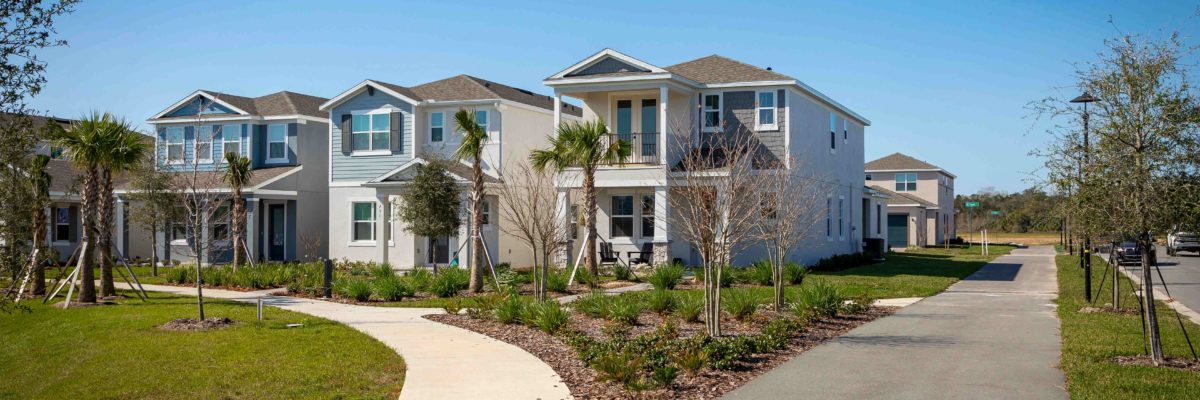- Townhomes and Single-Family Homes Near Orlando Priced from the low $300s
- 407.602.0622

Home Buyers Remorse: What Is It & How to Avoid It
January 18, 2024
Are Townhomes a Good Investment?
March 27, 2024Single Family vs. Multi-Family Homes: Main Differences

family homes rivington
When it comes to choosing a home, the options can be overwhelming. One of the fundamental decisions is whether to invest in a single-family home or a multi-family property. Each comes with its own advantages and considerations catering to different lifestyles and investment goals.
In this blog post, we will delve into the main differences between single-family and multi-family homes, ultimately helping you decide which option suits you better.
What Is a Single-Family Home?
Single-family homes are the epitome of the traditional American dream. These residences are standalone structures designed to accommodate a single household. Typically, single-family homes feature a private yard and offer a greater sense of independence. They come in various architectural styles, sizes, and layouts, catering to diverse preferences and family sizes.
What Is a Multi-Family Home?
On the other hand, multi-family homes, as the name suggests, are designed to house multiple families or individuals within a single building. This category includes duplexes, triplexes, and apartment buildings. The key characteristic is that multiple separate living spaces coexist within the same structure. Investors looking to generate rental income from multiple units often favor multi-family homes.
Difference Between Single-Family vs. Multi-Family Homes
Legal Distinctions
One of the primary distinctions between single-family and multi-family homes lies in the legal aspects. Single-family homes are subject to fewer regulations, making the buying and selling process relatively straightforward. Multi-family properties, however, may be subject to zoning laws, occupancy restrictions, and other regulations designed to manage density and land use. Understanding these legal nuances is crucial for prospective buyers or investors.
Financing and Loans
Financing options can significantly vary between single-family and multi-family homes. Obtaining a mortgage for a single-family home is often more straightforward, with lower down payment requirements. In contrast, multi-family properties may require larger down payments, and financing terms can be more complex. When seeking loans for multi-family properties, investors must often consider the potential income generated from renting out multiple units.
Privacy
Privacy considerations are crucial in deciding between single-family and multi-family homes. Single-family homes offer higher privacy, with no shared walls or common spaces. This makes them ideal for those who value solitude and personal space. On the other hand, multi-family homes may compromise on privacy, especially in densely populated areas, where neighbors share walls and common areas. Privacy preferences should be carefully weighed against the potential for rental income.

Construction
The construction of single-family and multi-family homes differs in scale, design, and functionality. Single-family homes can be more customizable, allowing owners to tailor the property to their specific needs. Multi-family homes, with multiple units under one roof, require a more complex design and construction process. Factors like soundproofing, shared utilities, and communal spaces need careful consideration during construction.
Occupancy
The occupancy dynamics of single-family and multi-family homes are inherently distinct. Single-family homes are designed for one household, providing ample space for a family or individual. In contrast, multi-family homes cater to multiple households, each residing in a separate unit within the same structure. This can create a sense of community within the property but requires effective residential property management to address conflicts and maintain a harmonious living environment.
Buy Your Dream Single-Family Home at Rivington
The choice between a single-family and a multi-family home boils down to personal preferences. Whether you opt for the privacy of a single-family home or the income potential of a multi-family property, Rivington offers a range of options to suit your dream home aspirations. Explore the possibilities and align them with your home and investment vision. Contact us and find your new home!

